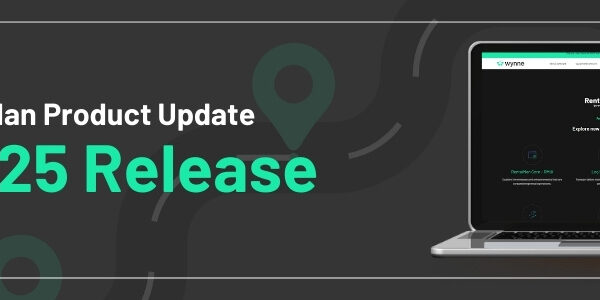
Imagine this: You have somehow found yourself on the distribution list of a report built by someone you’ve never heard of. It was apparently “a big deal” at some point, but you’ve never found any relevance to it. You’re not sure what to do with it but don’t want to delete it because if it was important enough for someone to build and send out, it might be risky to obliterate it completely, right?
Is this all starting to sound eerily familiar?
The sad fact is, the knowledge of any system is reduced within an organization as employees come and go. The adage “old habits die hard” starts ringing more often as key personnel move on and leave only a small portion of their knowledge behind with those left to take over. That report from the scenario above is a primary example of what happens when there’s even the tiniest amount of turnover in your company. Brain drain in companies is a fact of life, and if left totally unattended, it will become an even bigger drain on your resources.
So how does it happen? Well, for starters, the key people who were involved in your software installation made a great many decisions about how your company uses the software: decisions on print, days to backdate, authority levels, use of various features, etc. Those software rules remain in effect even though your company, customers, employees, and business environment have changed. You’re finding that what was once an exception to the rule is now the norm, but either your business process or your software hasn’t adapted to reflect the times. And that leaves you with employees realizing it’s easier to work around the system than in it. Rinse and repeat in nearly every department across the board and that disjoint becomes even larger.
The reasons why your company has chosen to use your ERP in a certain way have been lost along with the knowledge of the specific user who instigated the procedure at the time of implementation. From our experience, we have found that use of software actually declines the longer it’s in place. The entire ERP becomes reduced to a few meaningful tasks like creating contracts and work orders, while other features sit dormant because they no longer fit the reality of your business as it stands today.
But, we need to make something very clear: It’s not that your ERP or business processes are out-of-date, they’re simply not in sync. The goal of implementing software is to simplify, automate and standardize all key areas of your business. If you’re beginning to realize that how you’re using the system isn’t aligning to your business goals, then you have an opportunity to improve the flow.
To start, consult with your software provider. As your partner, they are equally invested in your success and want to understand how your business has changed. They can evaluate where you are out of sync and create a project plan to address gaps. Some questions you should be asking are:
- Is my company using all the features of our ERP?
- What enhancements have been made since our version was released, if we are on an older version of software?
- Are we taking full advantage of our software? What can you recommend as my provider?
- Are we using all information from the system? More importantly, are we using it correctly?
Your systems should always facilitate “making the right thing to do, the easy thing to do.” If your systems are not supporting your processes and your employees are using workarounds, it might be time to review your software configurations. Take advantage of your ERP provider’s consultants to make sure your processes and systems are beautifully aligned!
Contact us for more information on how investing in consulting services could increase your efficiency today.




